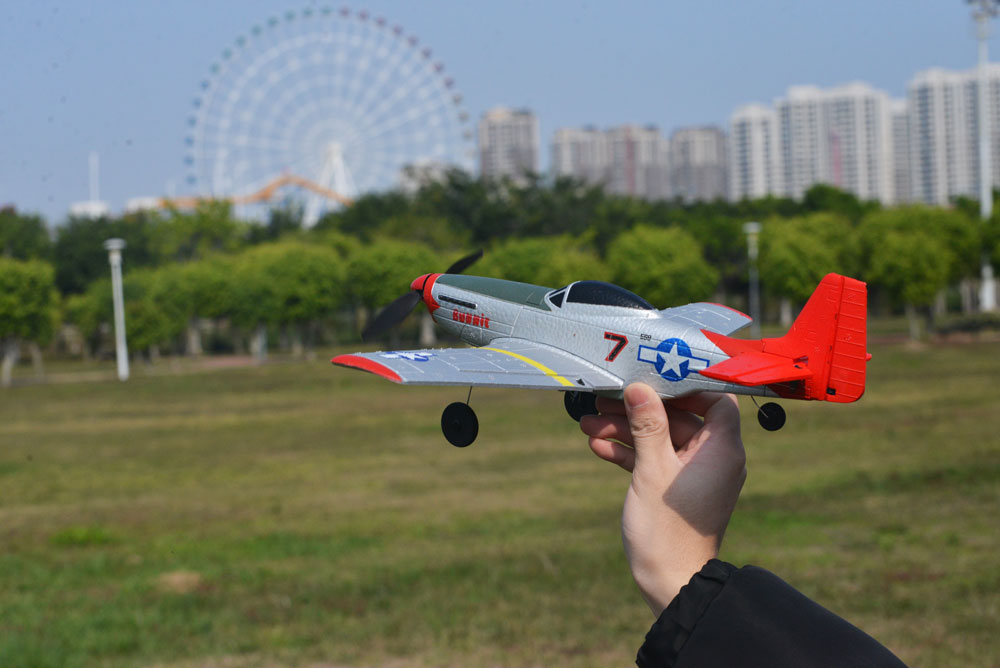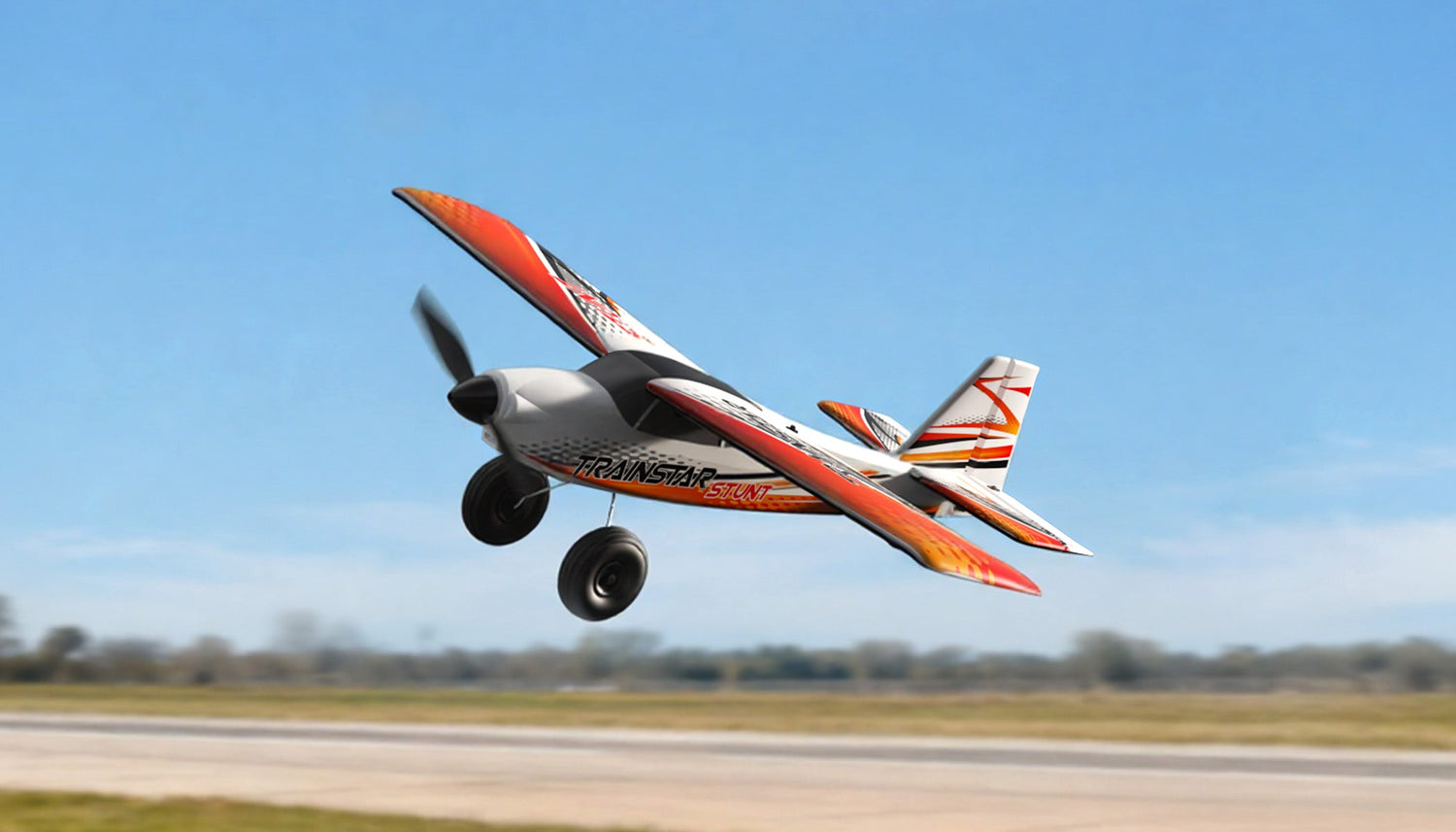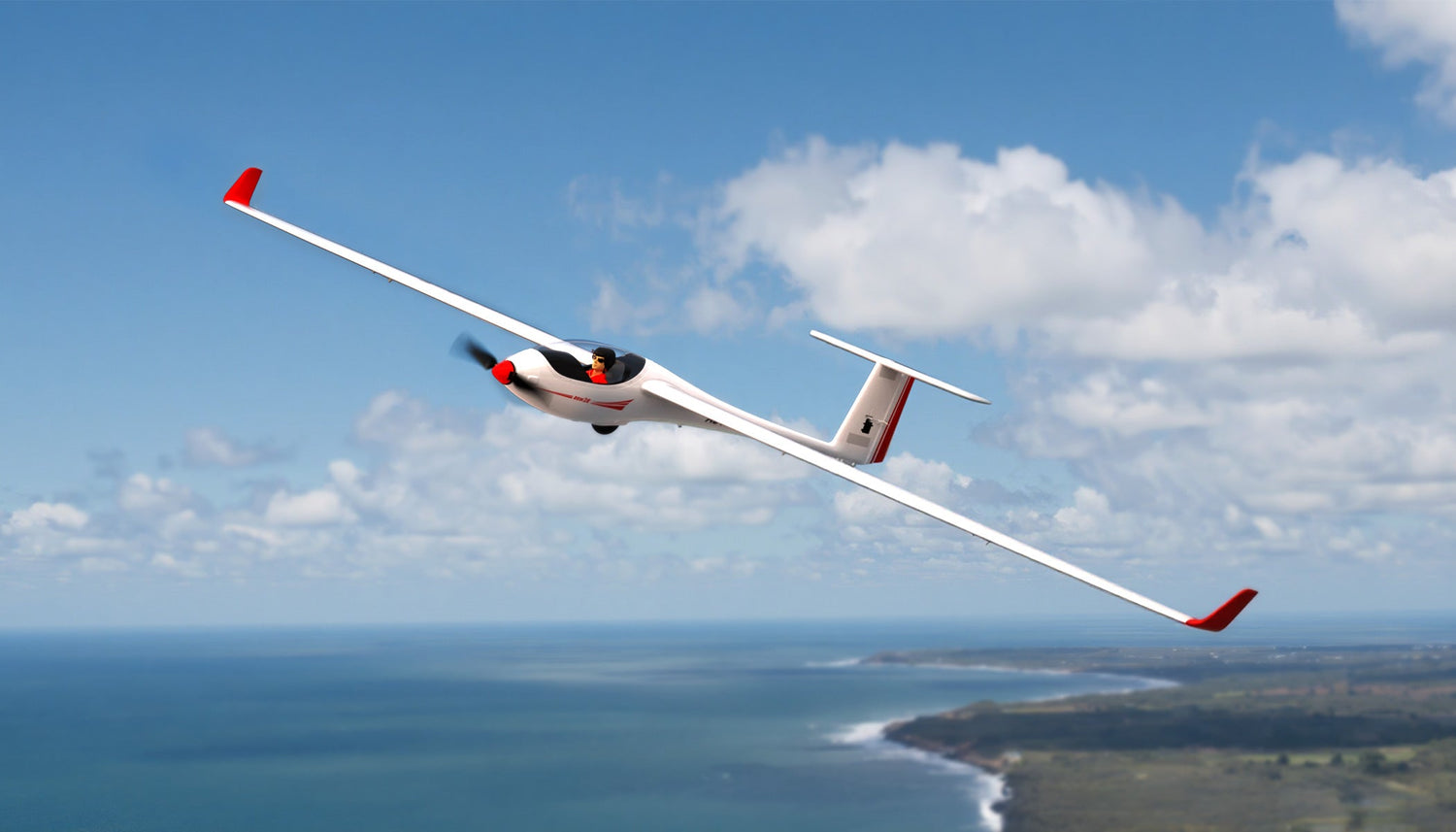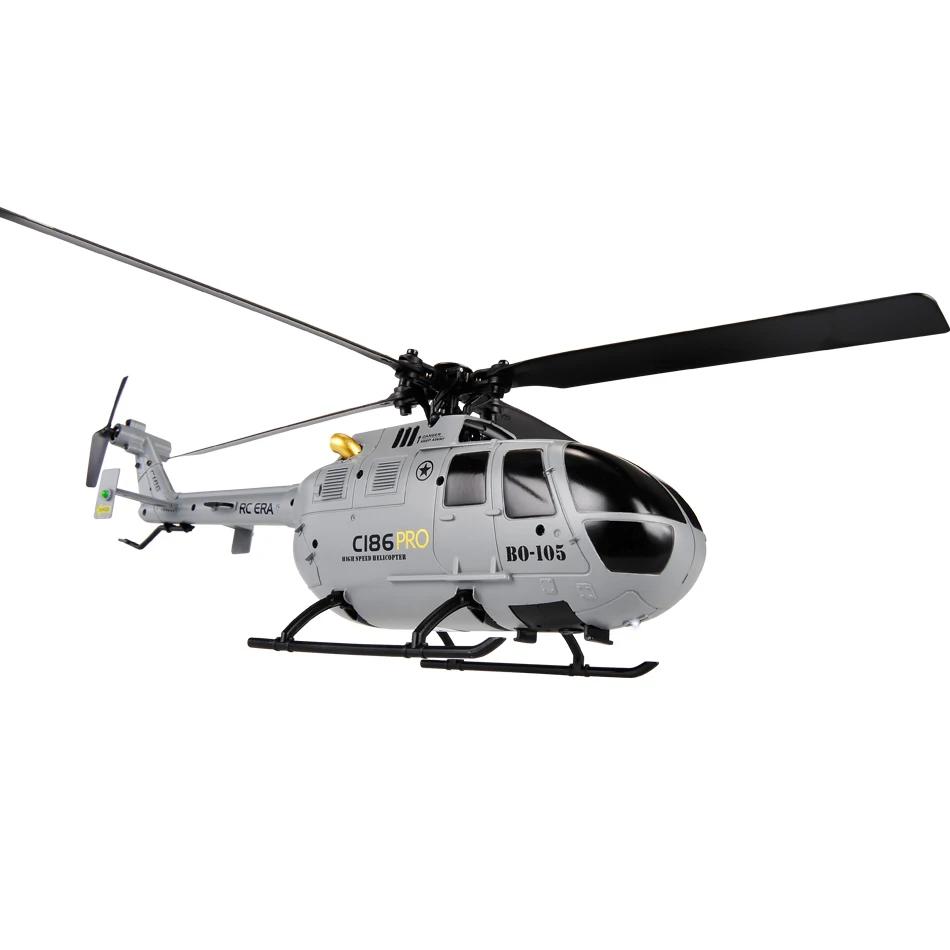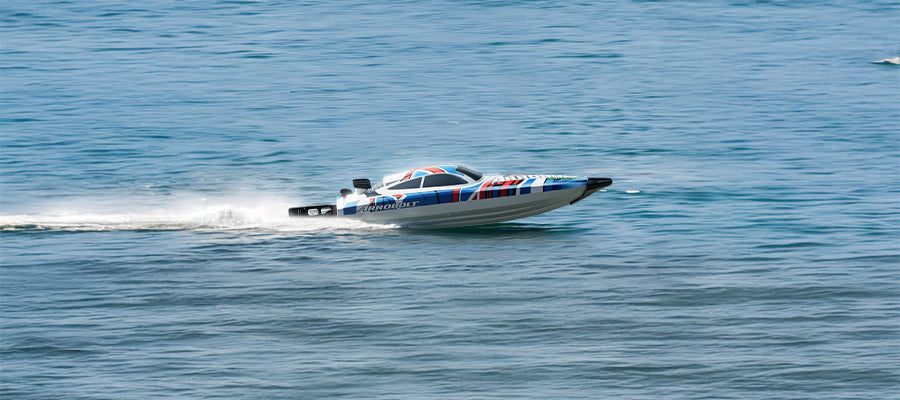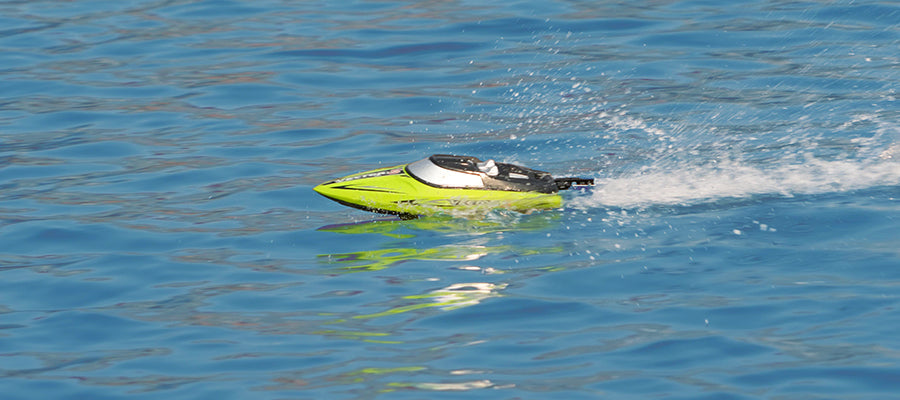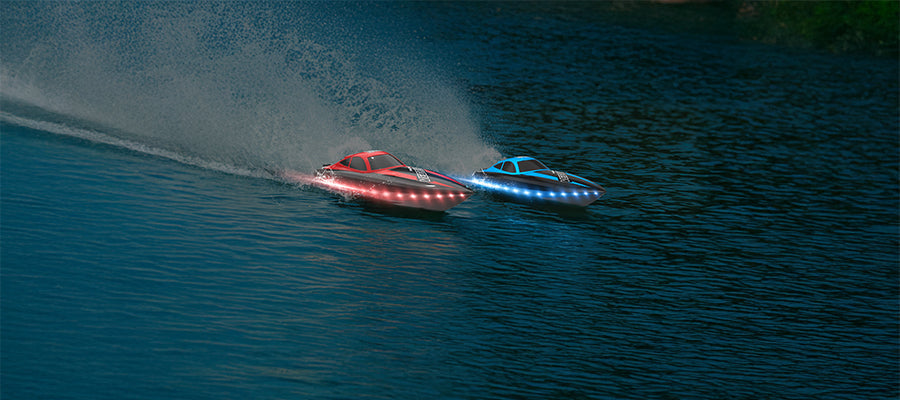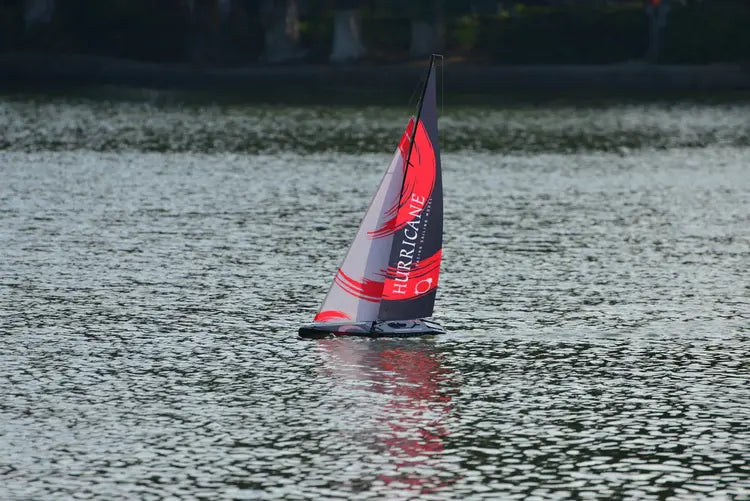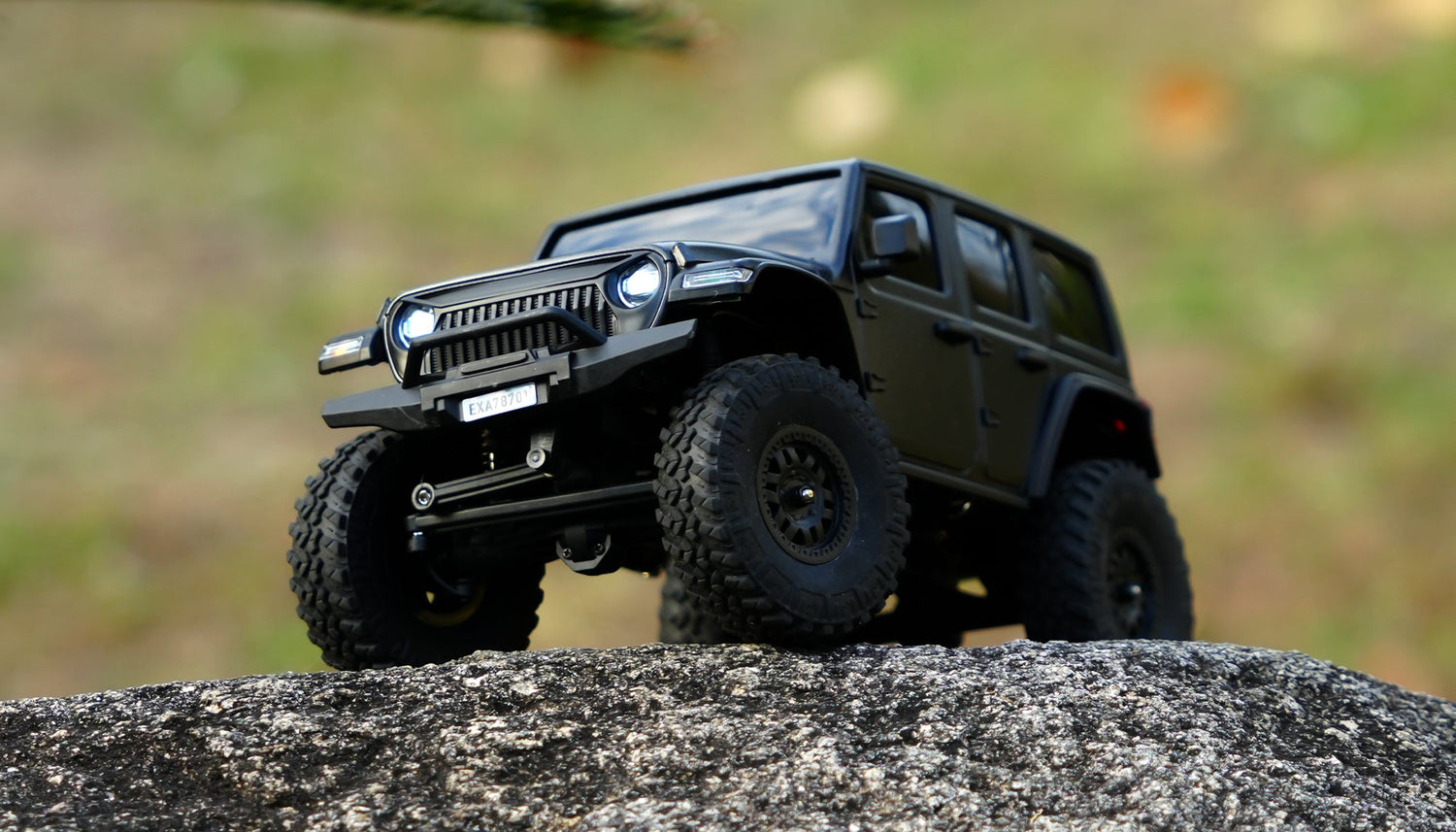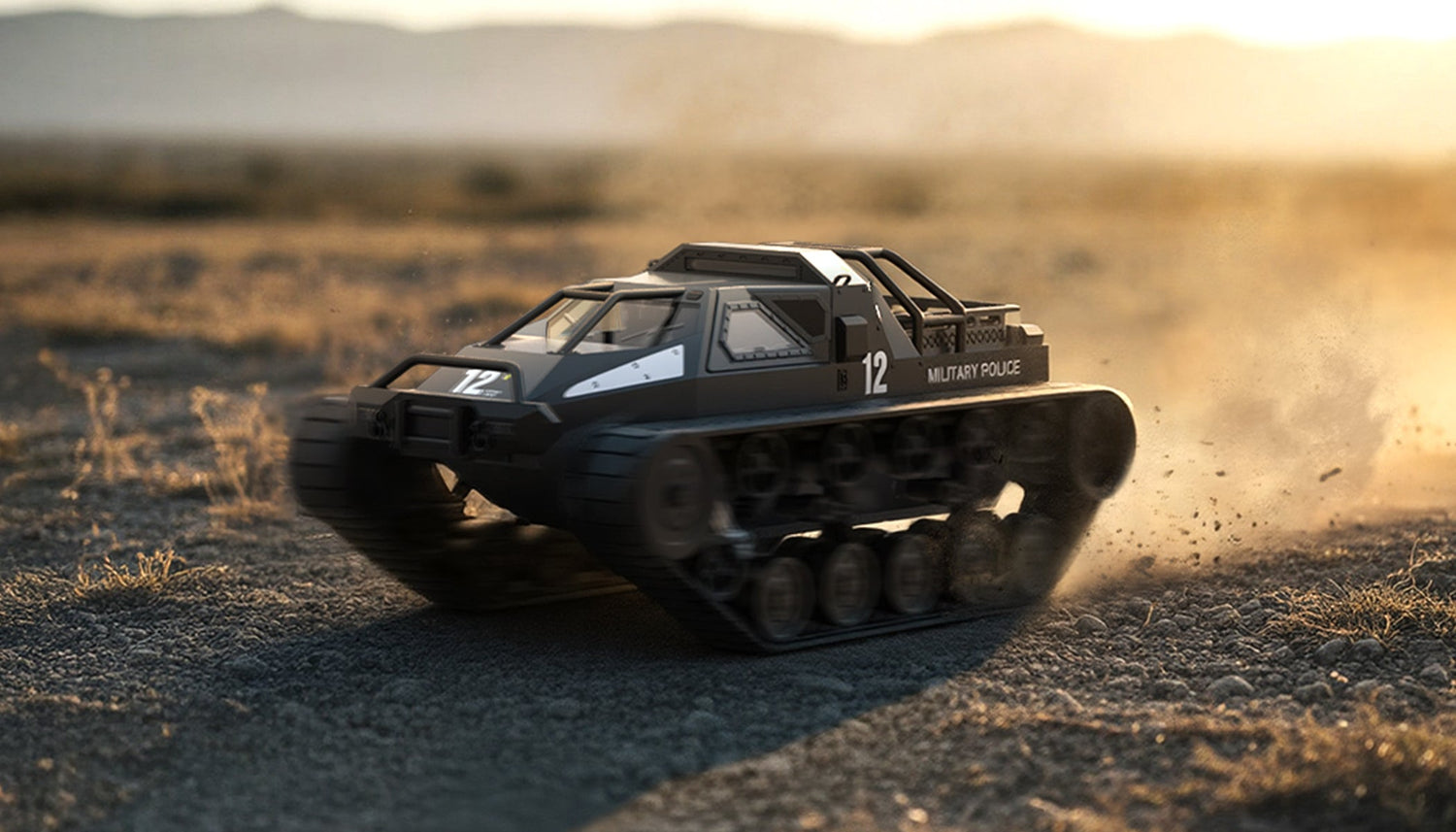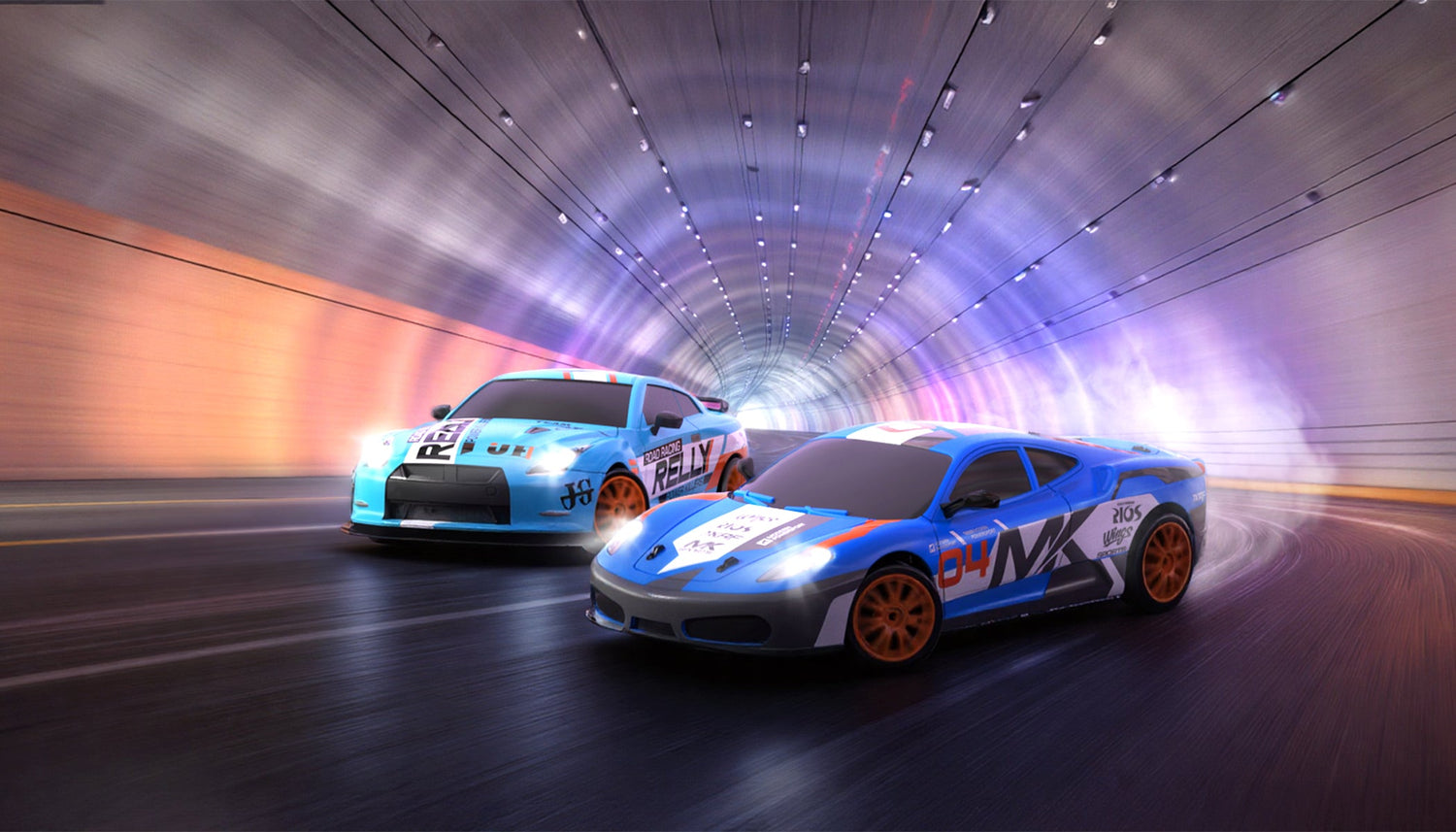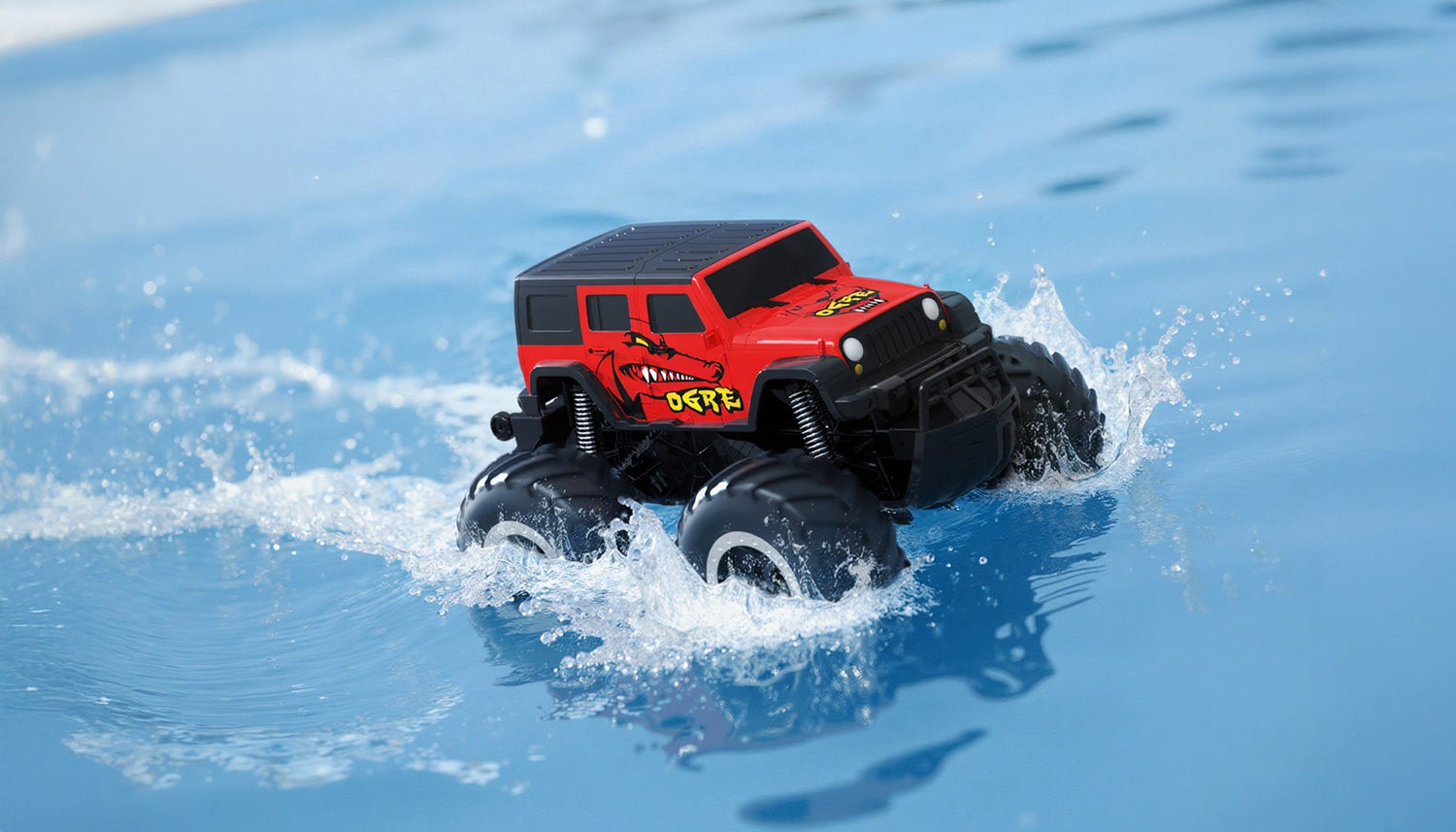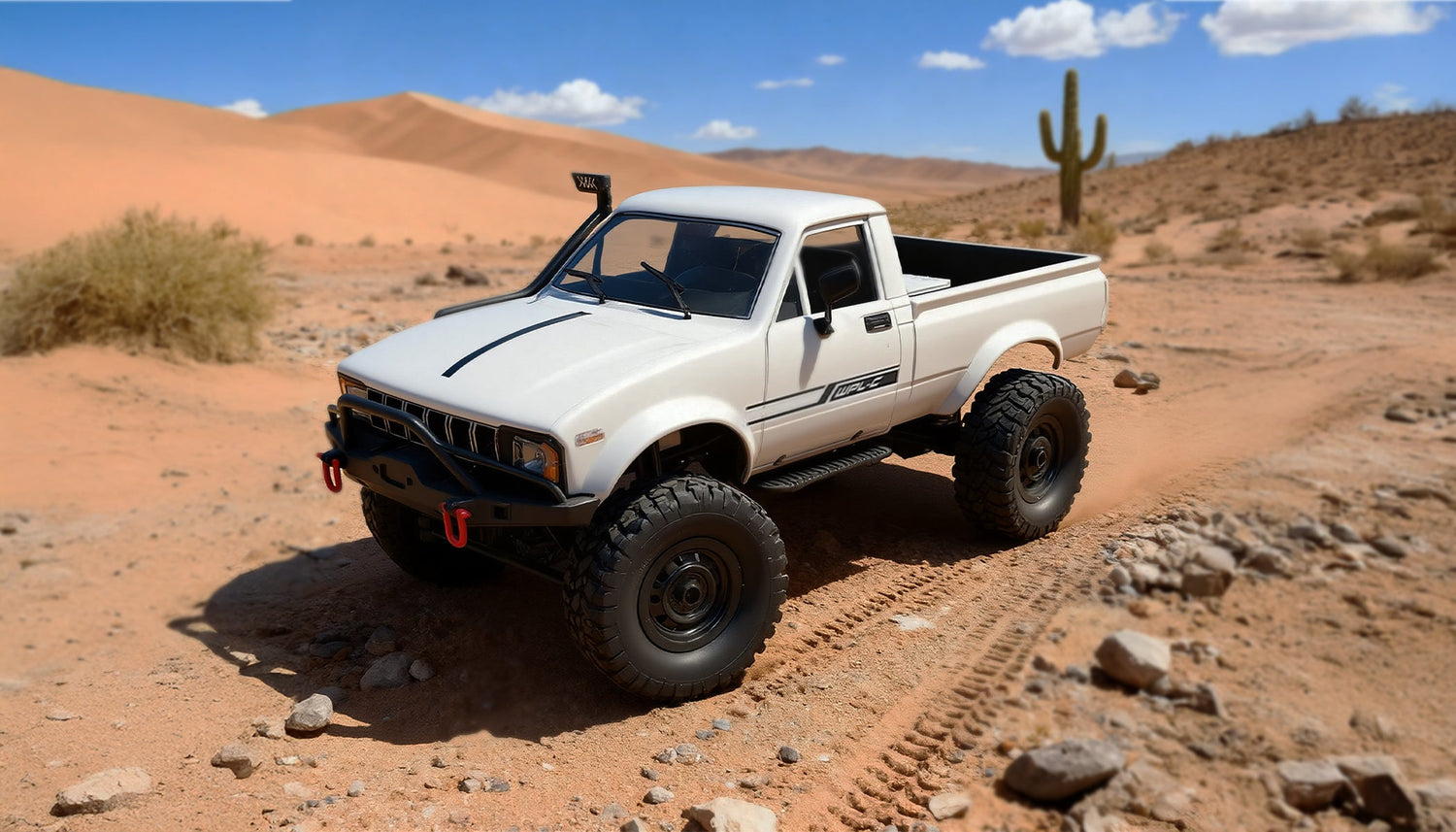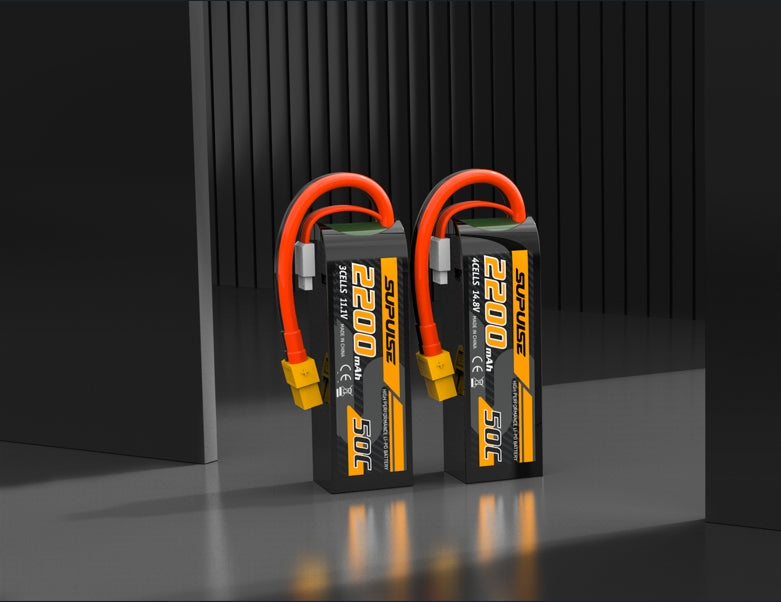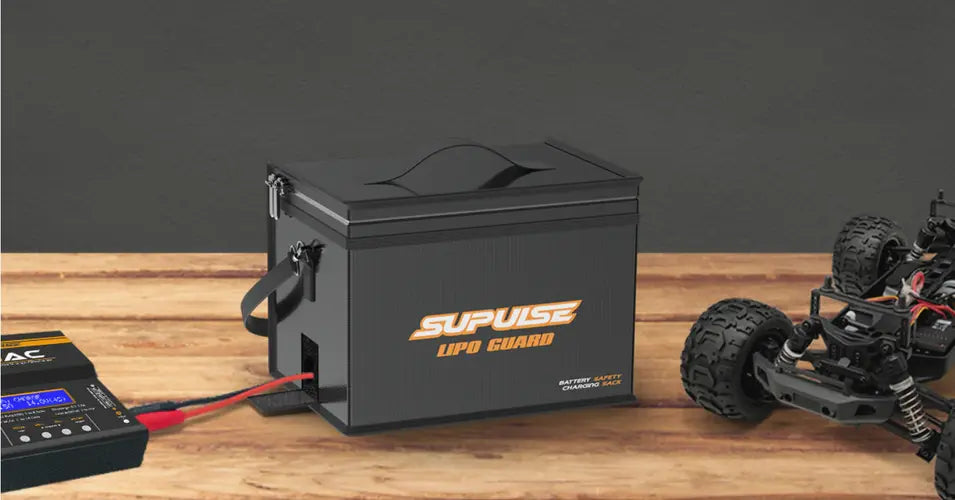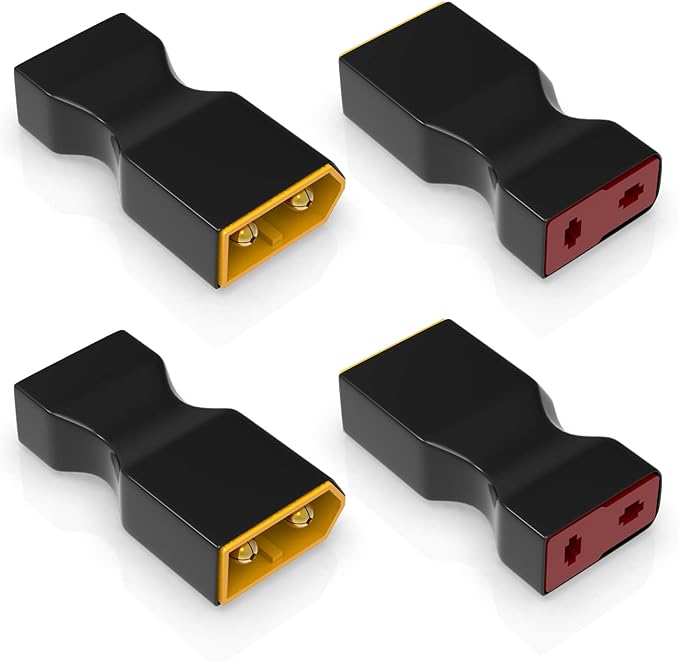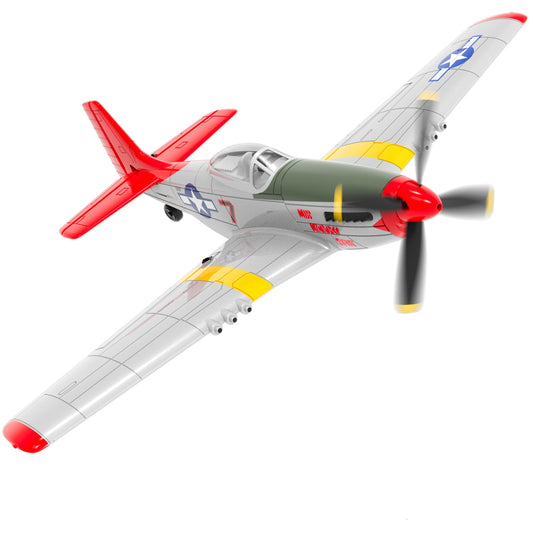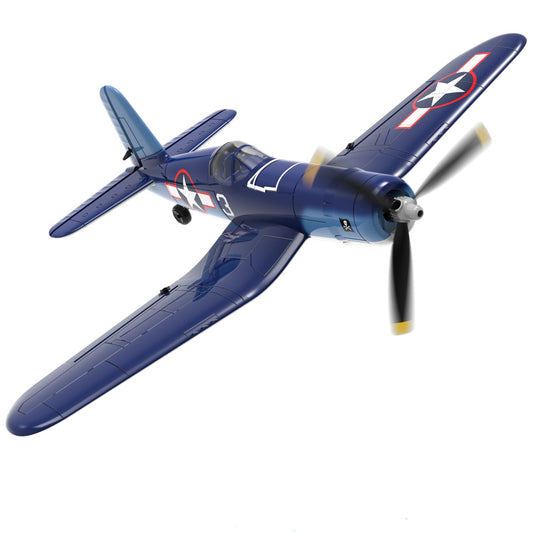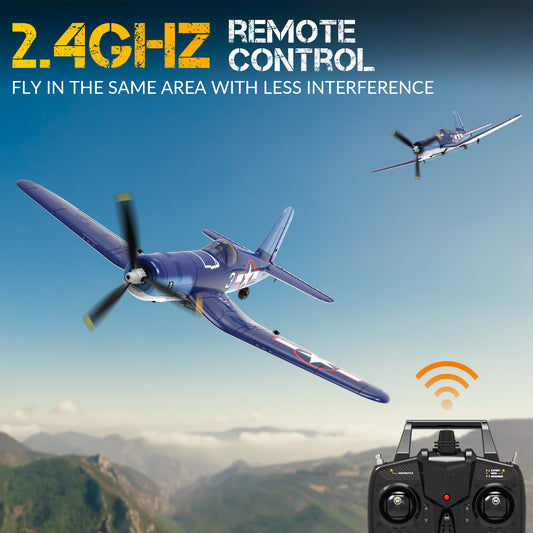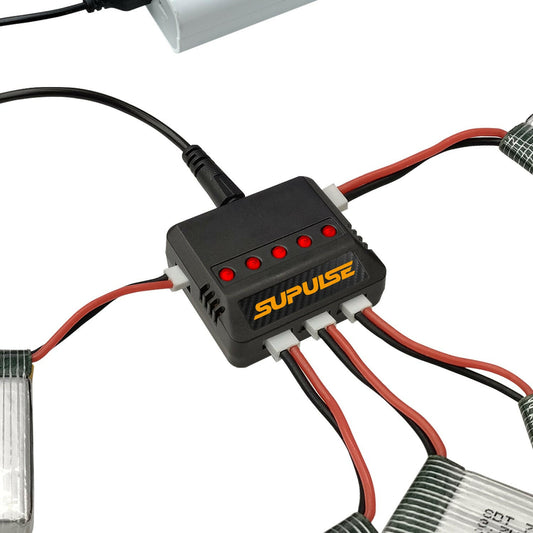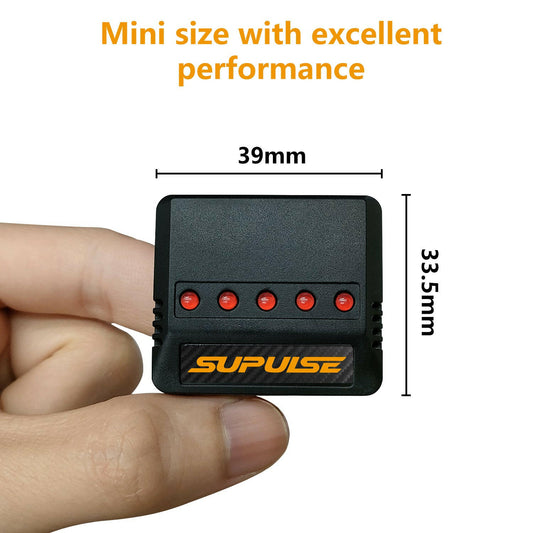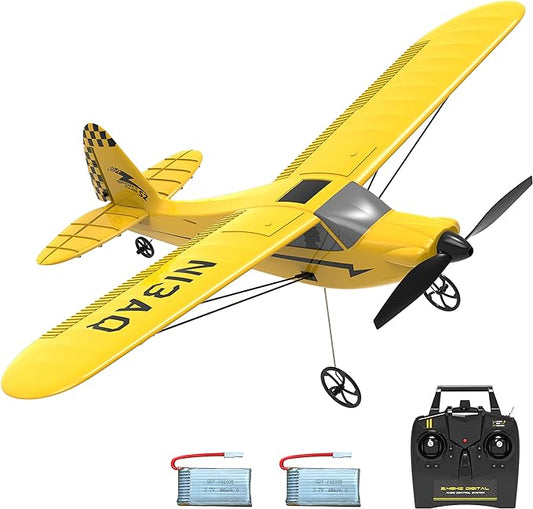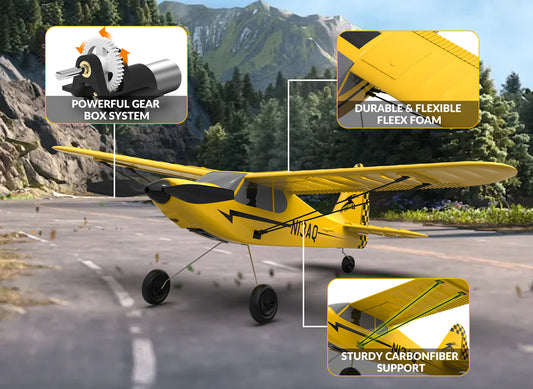RC cars are miniature models powered by batteries, nitro fuel, or gas. You control them with a remote, steering them around like a video game character—but in real life. Some are tiny, fitting in your hand, while others are bigger and built for rough outdoor play. Kids can race them, do tricks, or just cruise around. The appeal? They’re fast, fun, and hands-on.
Why Kids Might Like Them
Kids get a kick out of RC cars for a few reasons. Driving one takes skill—your hands and eyes have to work together to keep it on track. Over time, this sharpens coordination. Plus, they’re not stuck to a screen. Kids go outside, chasing the car or setting up ramps, which gets them moving. Ever tried building a jump out of dirt or boxes? It sparks creativity too.
RC cars also teach patience. If the car breaks or slows down, kids figure out what’s wrong—maybe the battery’s low or a wheel’s loose. Solving those little problems builds confidence. And if they join friends or a club, they learn to share ideas and compete fairly.
Types of RC Cars
Not all RC cars are the same. Here’s a quick rundown:
- Electric: These run on batteries. They’re quiet, simple to use, and great for starters. You charge them up and go.
- Nitro: These use a special fuel mix. They’re louder, faster, and feel more like real cars, but they need extra care.
- Gas: Bigger and stronger, these are for serious players. They’re trickier to handle and less common for beginners.
For kids just starting, electric ones make the most sense. They’re easy to charge and don’t require messing with fuel.
Parts of an RC Car
Knowing what’s inside an RC car can make it more fun. The chassis is the base, holding everything together. The motor—electric or fuel-powered—makes it move. A battery or fuel tank keeps it running. The suspension smooths out bumps, while wheels and tires grip the ground. The radio system (remote and receiver) lets you steer. Kids can explore these parts, maybe even tweak them later on.
Racing and Competitions
Some kids take RC cars to the next level—racing. Tracks exist where they can race against others, following rules like a real sport. It’s not just about speed; strategy matters too. How do you take a turn without crashing? Competitions range from casual meetups to bigger events with prizes. It’s a cool way to test skills and meet people who love RC cars as much as you do.
Tips to Get Started
New to RC cars? Here’s how kids can dive in:
- Pick a basic electric model. It’s less hassle to start with.
- Find an open space—like a driveway or park—to practice.
- Charge the battery fully before playing. A dead car’s no fun.
- Keep it simple at first. Master steering before trying flips.
- Ask questions if you’re stuck. Online videos or hobby shops can help.
Start small, and the fun grows as you get better.
What to Watch Out For
RC cars are a blast, but a few things can trip you up. Younger kids might need an adult nearby to avoid crashes. Stick to safe spots—away from streets or crowds. Check the battery or charger sometimes; old ones can act up. And if the car’s super fast, maybe wear gloves or eye protection on rough ground. Simple stuff keeps it enjoyable.
How They Help Kids Grow
Beyond the fun, RC cars do more. Kids learn how things work by fixing or adjusting them. They stay active running around outside. Socially, they connect with others who share the interest—think of it like a club. And customizing a car, even just painting it, lets them show off their style. Ever wonder what your dream car would look like? This is a mini version.
Wrapping Up With a Question
So, are RC cars good for kids? They mix play with learning, get kids outdoors, and teach skills like problem-solving and teamwork. If you’re a beginner or a parent thinking about it, why not give it a try? Grab a simple electric RC car and see where it takes you. What’s the first trick you’d want to pull off?

